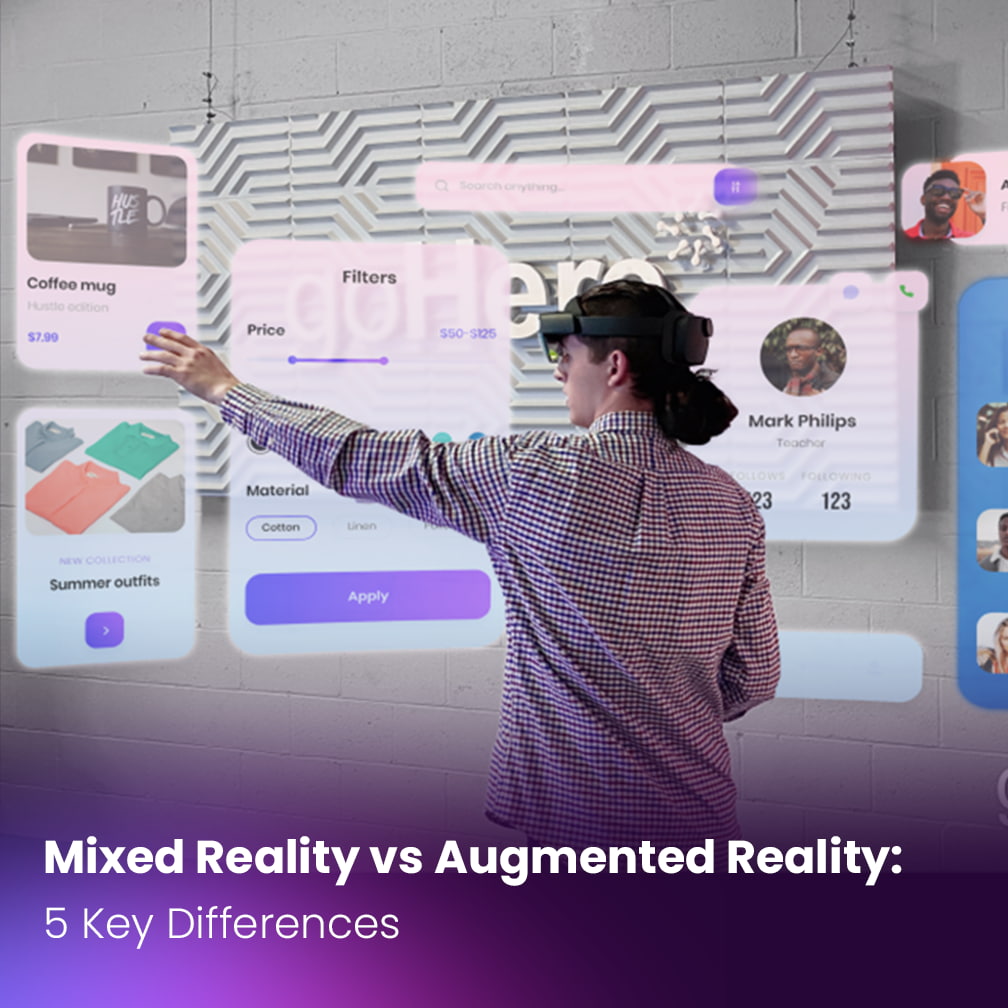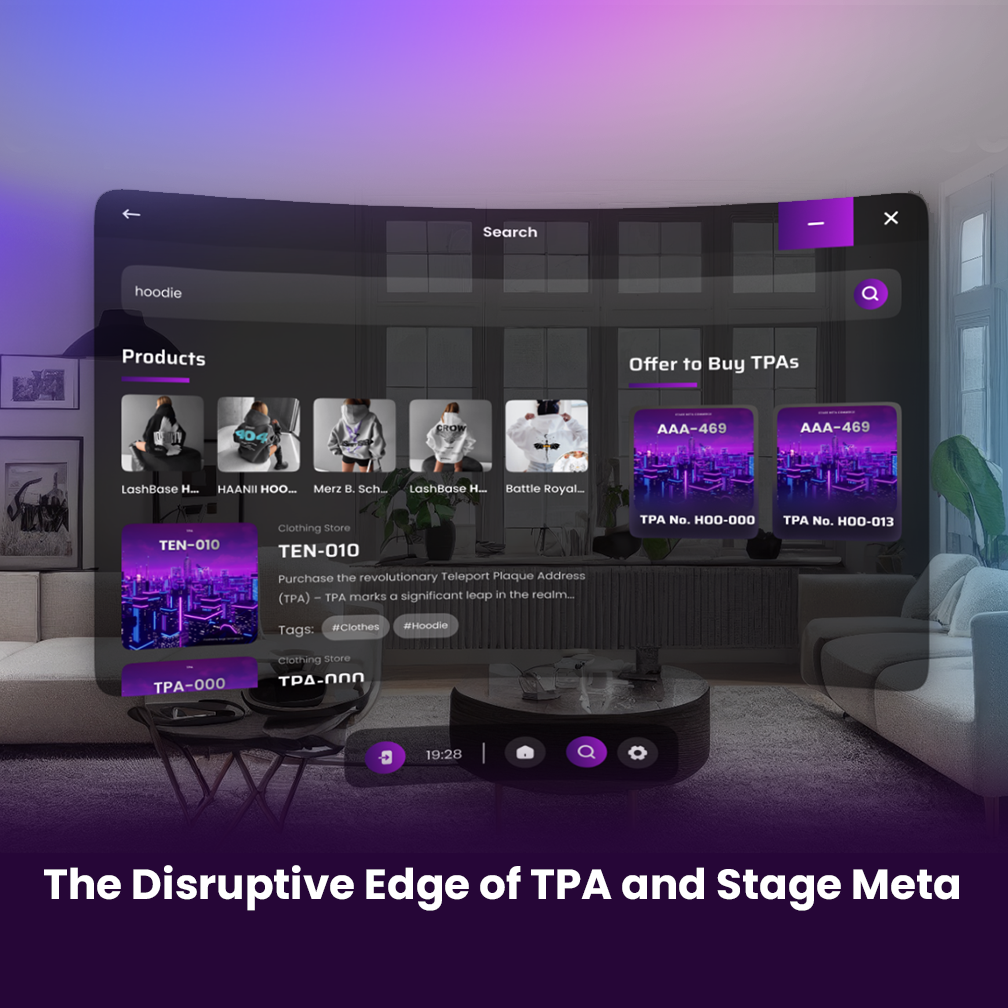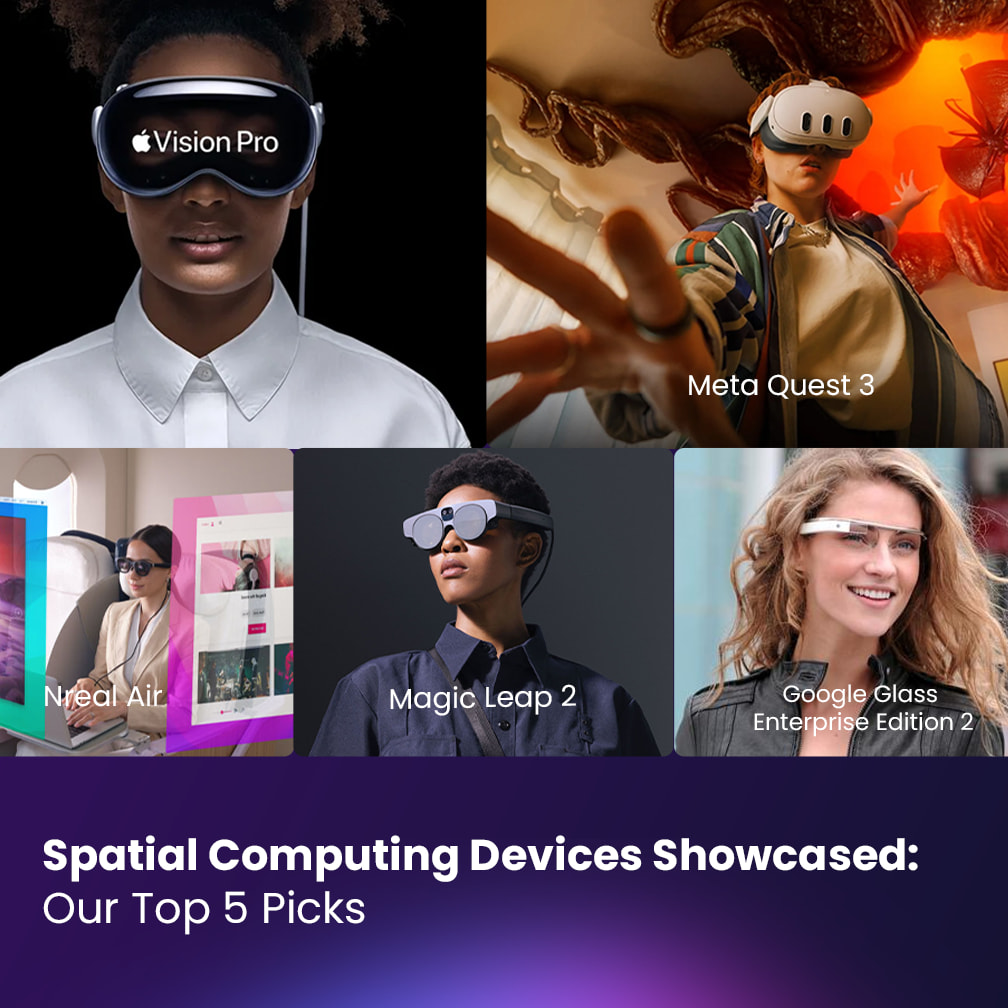Exploring Spatial Computing: Top 7 Questions Answered

Estimated reading time: 3 minutes
The term “Spatial Computing” has gained popularity recently, sparking curiosity about what it entails and why it matters. This guide breaks down the key aspects to help you grasp the essence of spatial computing.
Table of contents
- What is Spatial Computing?
- Is spatial computing the same as VR?
- How does spatial computing feel?
- Why are so many people excited about this idea?
- When will spatial computing be fully available?
- How does this relate to cryptocurrencies?
- Is the hype around spatial computing justified?
- Getting Started
- Environmental Concerns Around it
- Final Thoughts on the Future of Spatial Computing
What is Spatial Computing?
Spatial computing refers to 3D virtual environments where users interact through avatars and digital elements. It merges technologies like virtual reality (VR), augmented reality (AR), social media, and gaming into a cohesive online realm accessible through devices like VR headsets, AR glasses, and apps.
Is spatial computing the same as VR?
While VR is a vital component of spatial computing, the latter encompasses a broader range of technologies, including AR, mobile apps, social platforms, cryptocurrencies, and more. VR is a tool used within interconnected virtual spaces known as Spatial Computing.
How does spatial computing feel?
Current platforms offer basic experiences akin to pixelated video games, but advancements aim for lifelike immersion where digital interactions feel real. The goal is to achieve seamless integration between physical and virtual realms, providing a profound sense of presence and deep immersion.
Why are so many people excited about this idea?
The potential applications are vast, ranging from richer social interactions and innovative games to economic opportunities through digital assets and virtual experiences like travel, education, and seamless remote collaboration.
- Richer, more interactive social spaces for connecting with people worldwide.
- Unimaginable new games and concerts.
- Economic opportunities from digital scarcity.
- Experiencing travel, events, and products virtually.
- Increased access to quality education without geographic limitations.
- 3D spaces for seamless remote team collaboration.
When will spatial computing be fully available?
Spatial computing is an ongoing development, with various platforms like Decentraland and The Sandbox already active in early forms. However, achieving full interconnectedness across virtual worlds will take years as standards evolve and technologies mature.
How does this relate to cryptocurrencies?
Cryptocurrencies play a vital role in spatial computing by enabling quick and borderless transactions, verifying ownership of digital assets through non-fungible tokens, and facilitating decentralized interactions across virtual worlds. They form the backbone of the new digital economy within spatial computing.
Is the hype around spatial computing justified?
The potential of spatial computing to transform social interactions, collaboration, learning, and economic value is significant. However, overcoming technical challenges and adopting innovative business models will take time. The next 5 to 10 years will witness significant developments in this evolving landscape.
Getting Started
For those eager to explore spatial computing:
- Try platforms like Meta Horizon Worlds, The Sandbox, Decentraland, and Cryptovoxels to experience different virtual worlds.
- Create a customized avatar to represent yourself across spatial computing environments.
- Stay updated on digital trends like VR headsets and blockchain interoperability.
- Consider emerging roles like spatial architects, 3D designers, community managers, and smart contract developers in this evolving space.
Environmental Concerns Around it
The growth of spatial computing raises concerns about energy consumption, e-waste, and carbon emissions. Solutions may involve transitioning to renewable energy, optimizing hardware and software, and applying sustainability principles in design.
Final Thoughts on the Future of Spatial Computing
While the future of spatial computing remains speculative, its potential to reshape human engagement and opportunities is evident. Responsible planning and innovative solutions will be key as this transformative technology unfolds.








